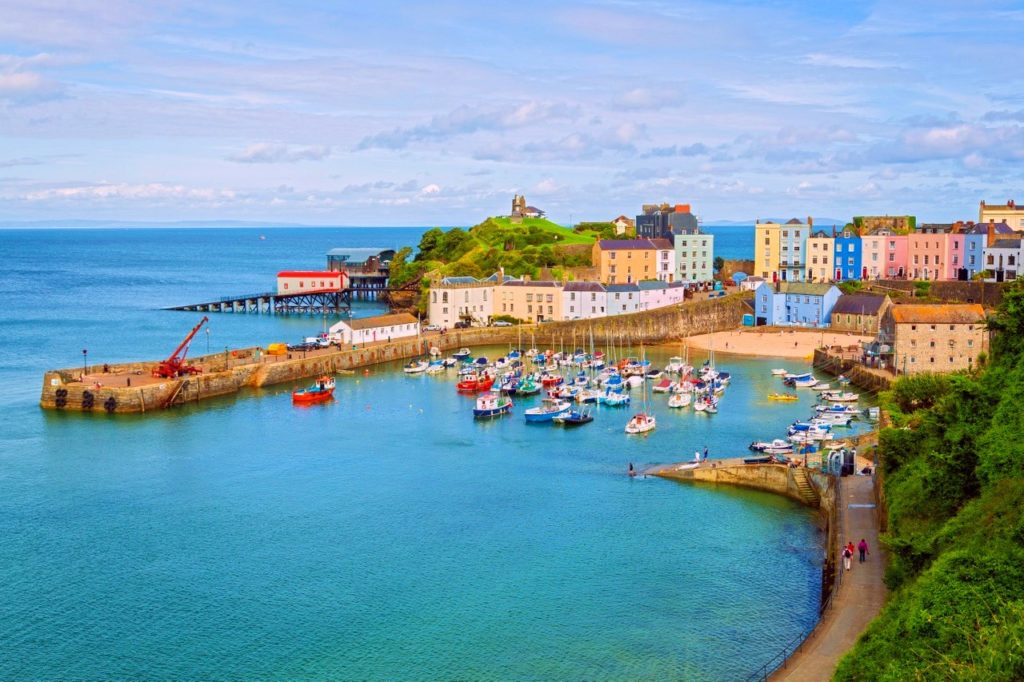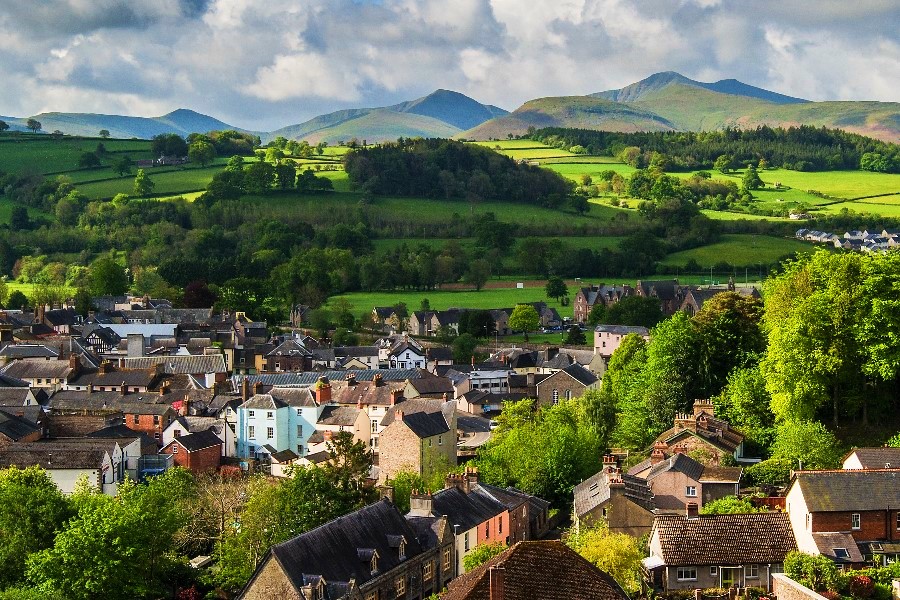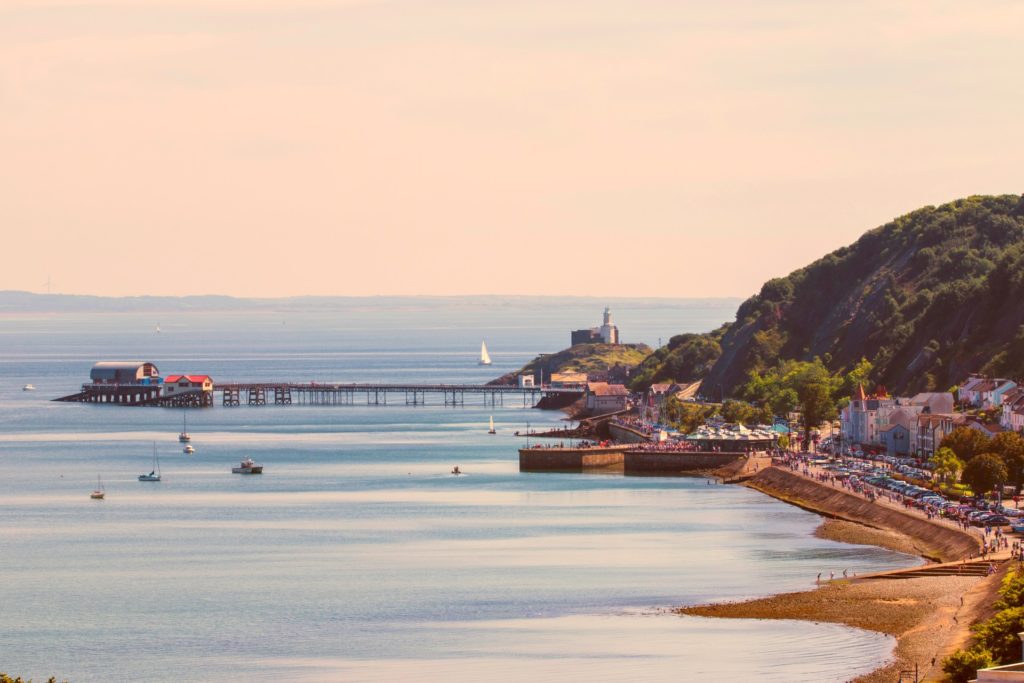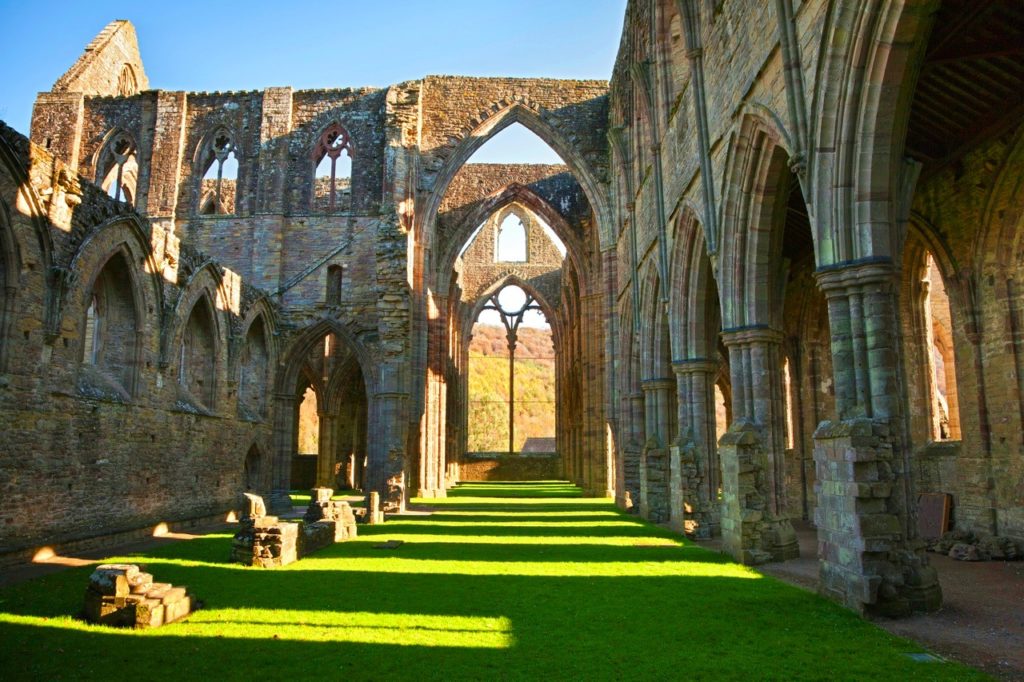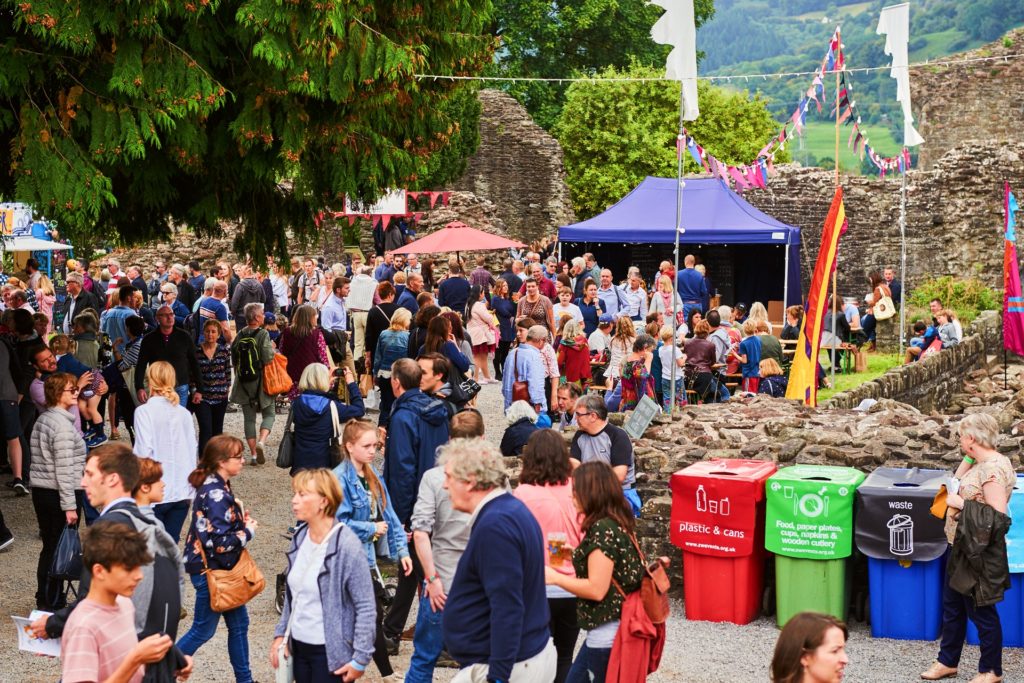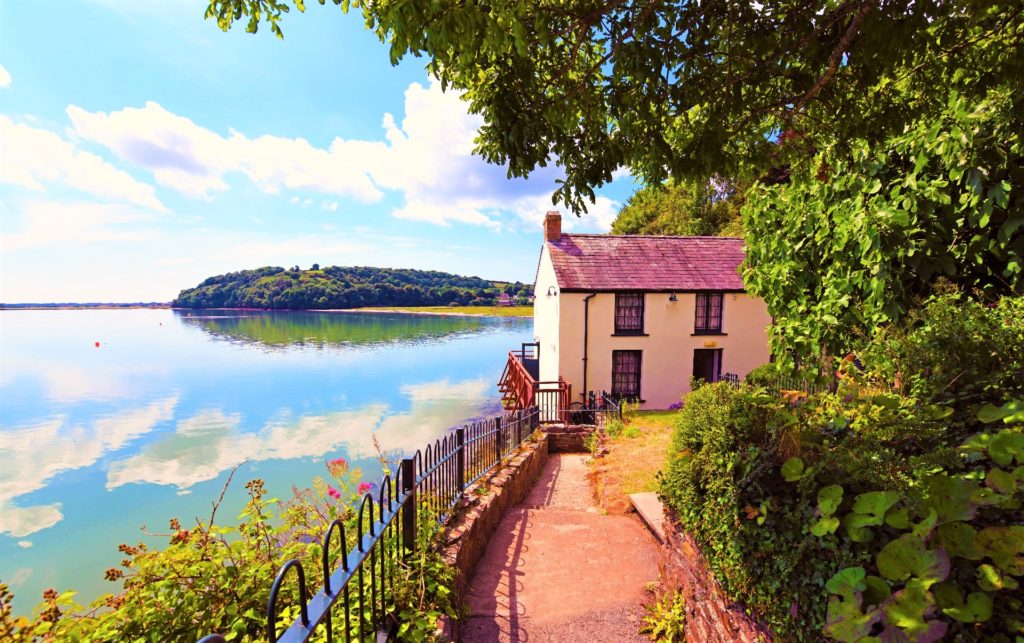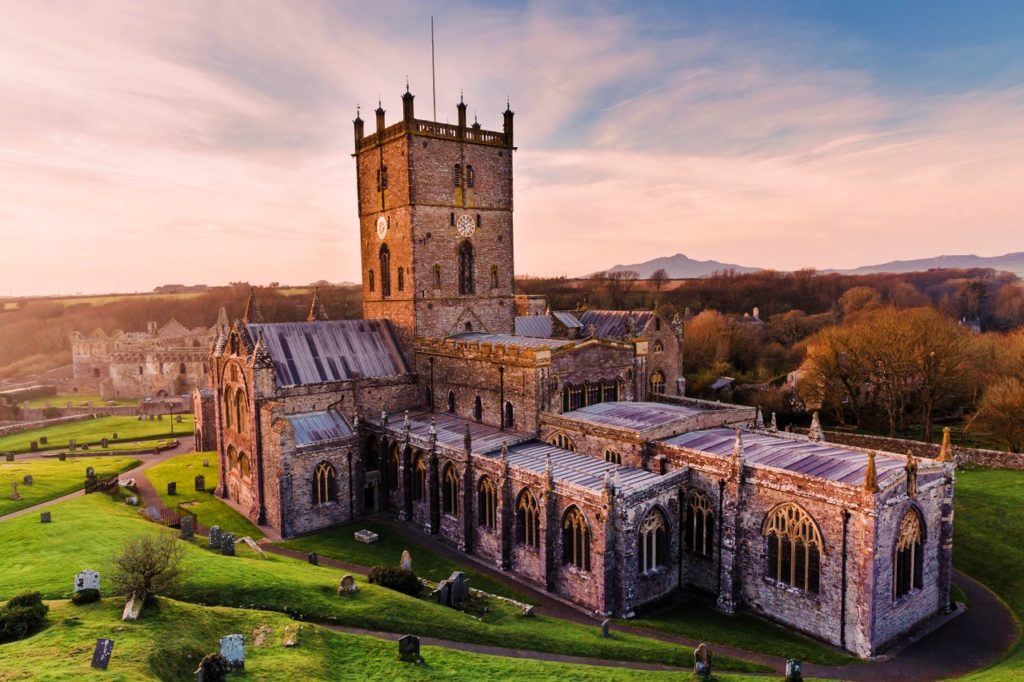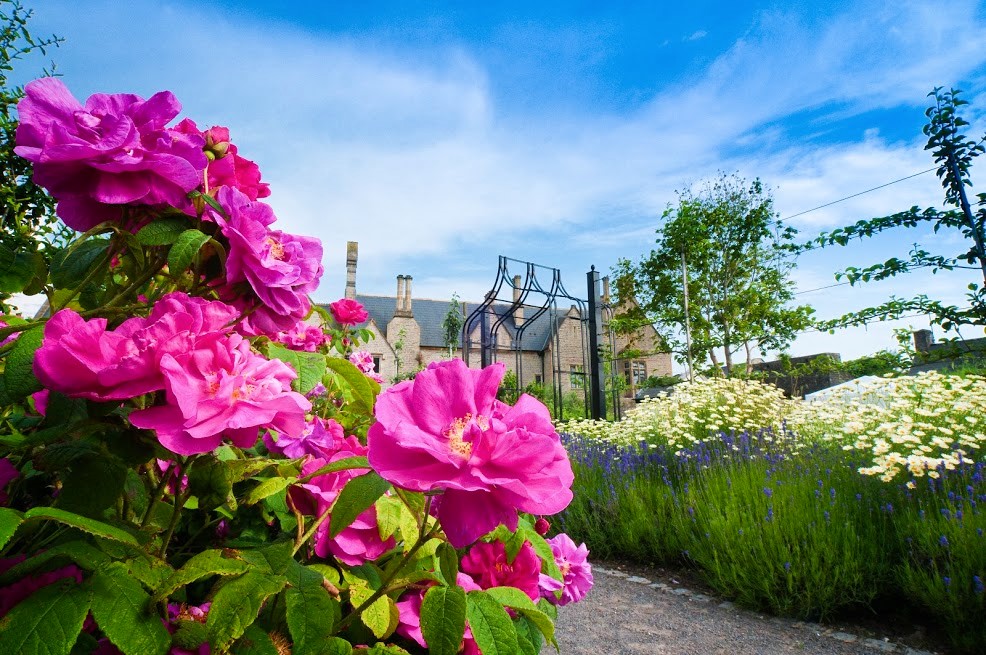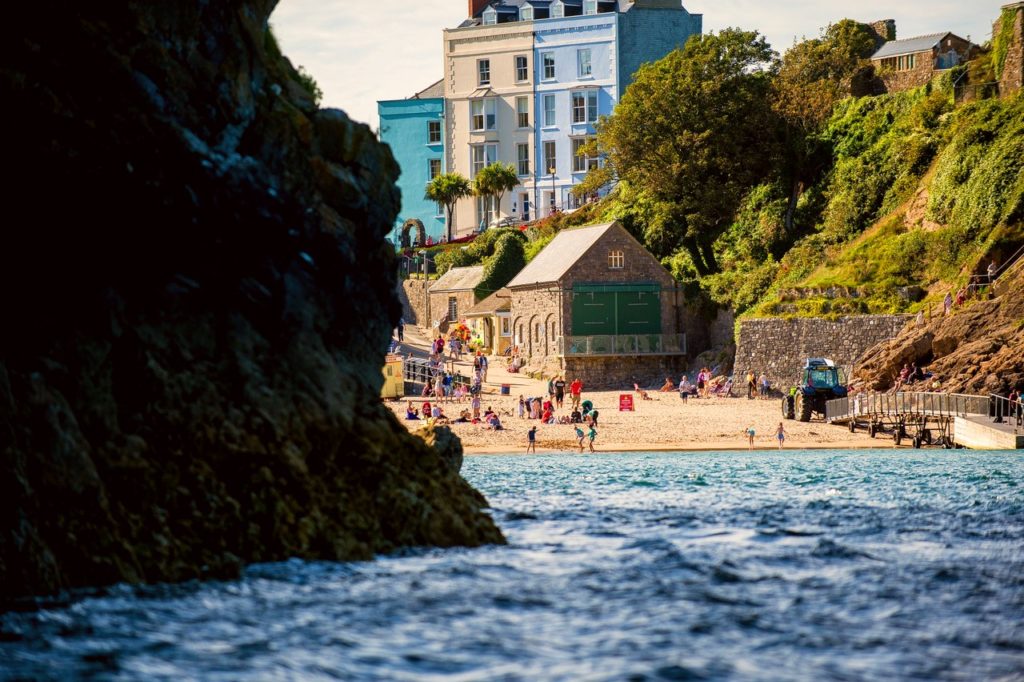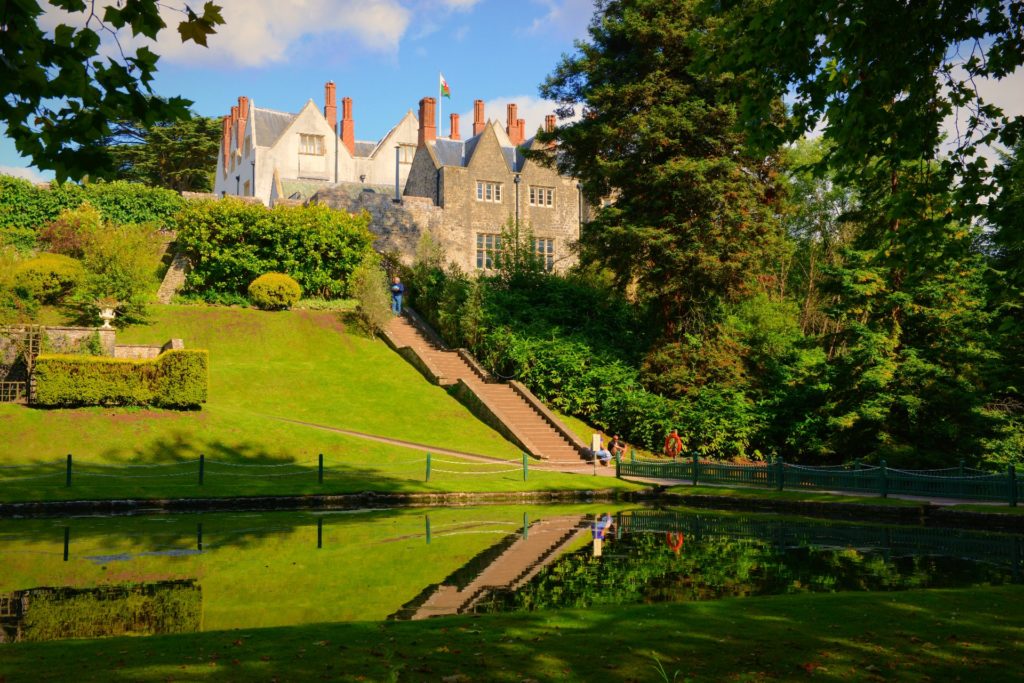South Wales is without doubt most famous for the country’s chirpy capital, Cardiff. Yet beyond the bright lights lie a litany of charming towns – each with a unique personality. From seaside retreats to riverside idylls, verdant valley locales to chic market towns, the southern region proffers staggering natural beauty, and has plenty to keep the bright-eyed wanderer curious.
Stretching from Brecon to St. Davids, southern Wales’s towns host a myriad of unforgettable experiences. Visitors can absorb the haunting aura of castles and cathedrals, voyage through Welsh history in open-air museums, check-out local artists in sea-front art galleries, or curl-up with a book in illustrious literary settings.
For more outdoorsy activities, there are plenty of sea-bound thrills to be had, such as sailing and surfing, or grabbing a rod for a spot of sea fishing. Alongside this are copious opportunities to sink a few beers with friendly locals, sample scrumptious Welsh cuisine, or escape into the wilds of nature.
As many a lucky visitor will attest – the warm-hearted, charismatic spirit of southern Wales lingers in the soul like an unfinished sonnet. Here are ten towns and villages that do just that.
Brecon
Blending seamlessly into the sublime Brecon Beacons, the town of Brecon conjures an atmospheric timelessness. Quaint cobbled streets showcase Georgian houses and shopfronts, as well as an 11th-century cathedral replete with an exquisite Celtic font. The town’s position on the convergence of rivers Usk and Honddu affords easy access to dewy riverside strolls. With a thriving creative community, shopping opportunities for hand-crafted gifts are aplenty – the Welsh “lovespoon” taking pole position. Other Breconshire-rich bounty include mine-matured cheeses, mountain-bred lamb and award-winning tipple Penderyn Welsh Whisky. Throw in its location as gateway to the Brecon Beacons National Park, and its venerated jazz festival which lures a bonanza of big-league musical guests – Brecon puts the magic in the organic.
Hay-on-Wye
“For every brick a book” would be an apt aphorism to bestow upon Hay-on-Wye. Since opening its first second-hand bookstore in 1961, the written word has flooded the town’s buildings. You can buy books in its old cinema, books in its old fire-station, books in the ruins of its 17th-century castle, and just in case your book fix is still incomplete – you can buy books on its streets. This has duly earned Hay its stature as the second-hand book capital of the world. In tandem with this is the town’s globally renowned Hay Festival (a 10-day fiesta of literature and culture) where the world’s poets, writers, comedians, politicians and literary pilgrims congregate en masse. Such is the festival’s erudite and thought-evolving prestige that former U.S. president Bill Clinton was compelled to correctly describe Hay as “the Woodstock of the mind”.
The Mumbles
Heralded by the Sunday Times as the best place to live in Wales 2018, the Mumbles – a mile-long seaside retreat west of Swansea – has reinvented itself and become a beacon of cosy and cool. A cornucopia of snappy bars and restaurants straddle the promenade and promise “Fresh-off-the-Boat Seafood”, “Best Fine Wine Selection in Wales” and “World-Class Ice-Cream”. Local icons Bonnie Tyler and Catherine Zeta-Jones add a splash of star power to the town (both have properties nearby), and are regularly spotted whiling away the hours and dining out in style. Shopping? Mumbles has numerous high-end shops, swanky boutiques and off-beat art galleries with rotating installations from local artists. Located on the Gower peninsula, the town is perfect for a sunny stroll along its sandy beaches and Victorian pier, or for clambering the hilltop to Oystermouth Castle to gaze at the boundless blue of Swansea Bay.
Tintern
Just shy of the Anglo-Welsh border, Tintern’s village community emanates from the riverbanks of the misty Wye Valley. The beguiling monastic remains of Tintern Abbey have fuelled many a romantic poet’s inspiration. Its atmospheric riverside location and magnificent Gothic arches have been the setting for verses such as Wordsworth’s Lines Written a Few Miles above Tintern Abbey and Tennyson’s Tears, Idle Tears. Founded in 1131 by the Cistercian monks from Normandy, then dissolved during the reign of Henry VIII, it has since morphed into elegant ruin. In the surrounding village, artsy-crafty shops and cosy inns with crackling log fires and home-cooked fare abound. With easy-winding rivers and enchanting woodlands – Tintern raises the bar in the pastoral stakes.
Abergavenny
The breezy and bustling market town of Abergavenny has many historical guises: Roman Fort, Norman stronghold, tanning and weaving centre, and prison of Hitler’s deputy. Snuggled between the Blorenge, Ysgyryd Fawr and Sugar Loaf mountains, it makes for an ideal base to put down roots while roving its smooth and undulating hills. In recent years, the town has become an essential fixture on the UK culinary calendar. The annual Abergavenny Food Festival in September is sending gastro-experts into salivatory orbit. Hugh Fearnley-Wittingstall, Jamie Oliver and Monica Galetti are just a few starry guests to have graced its masterclasses and topical debates. And its meandering streets harbour a blitz of bakeries, chocolatiers and boutique restaurants, while its weekly markets summon fanatical foodies far and wide.
Laugharne
In his last four years, world-famous Welsh poet Dylan Thomas called Laugharne home. He also called it “the strangest town in Wales”. The town and its inhabitants became the creative impetus for some of Thomas’s most spellbinding storytelling – most notably his epic radio play Under Milk Wood. Overlooking the Tâf Estuary, the fabled Boathouse is where the bohemian poet’s words travelled from imagination to paper. Now a museum and gallery, its café serves tea & Welsh cakes, and Welsh rarebit (spicy cheese and beer sauce melted on toasted bread). Brown’s Hotel was Thomas’s favoured watering hole. So frequent and lengthy were his and wife Caitlin’s visits that they gave out the pub’s phone number as their own. It’s also worth paying a visit to 13th-century Laugharne Castle, and to Corran Books, which is a shrine to the bardic legend and his enduring legacy.
St. Davids
With a population of just under 1,800 you could be forgiven for thinking that St. Davids is a town or a village. Yet owing to its cathedral – a bewitching 12th-century Gothic construction – it holds the title of Britain’s smallest city. Given its size, it attracts an astonishing number of tourists (4.6 million in the summer months alone), who come to soak-up the laid-back atmosphere of the birth and burial place of Wales’s patron saint. St. Davids has quite a reputation as a pillar of fine Welsh cuisine. Its eclectic gumbo of cosy tearooms, organic bistros and jazzy restaurants turn-out inventive riffs on Welsh classics such as lamb cawl, sewin and samphire and bara brith. Anchored on the western tip of Pembrokeshire’s dramatic coastline, this windswept city is ideally located for outdoor activities like sailing, surfing and jet skiing, walks along its wild coastal paths and watching dolphins leap through the waves.
Cowbridge
The historic market town of Cowbridge rightly deserves its reputation as having “a touch of class”. High Street – the town’s main artery – is flush with chic fashion boutiques, aromatic delis, interior design studios and vintage furniture shops. And it never fails to excite the taste buds, offering a swathe of tantalising options from sophisto-bistros and buzzy tapas bars to charming country-style pubs and lavish Indian restaurants. For the more artistically inclined, hidden gems like the Old Wool Barn – an arts and crafts haven – in Verity Court should satisfy any creative curiosities. At the epicentre of Cowbridge lie the much-visited Physic Gardens. Once a part of the Old Hall (which is next door), its tranquil setting contains a glowing variety of medicinal herbs and plants originally used for cooking, fabric-dying and healing.
Tenby
Tenby’s scenic beaches and fishing-village atmosphere are pretty much peerless. Unlike many other famous British seaside towns, this medieval-walled jewel on the southwest coast of Wales successfully sidesteps tacky pastiche. Pastel-hued Georgian houses overlook its horseshoe-shaped harbour; vast strips of velvet-sand beaches flank its headland; and an abundance of traditional pubs, classy gift shops and Italo-Welsh ice-cream parlours wind through its labyrinth of cobbled streets. Tenby’s Welsh name “Dinbych-y-Pysgod” translates as “Little Fortress of the Fish”, so no visit would be complete without a sea fishing expedition. For lovers of nature and tranquility, a boat trip to nearby Caldey Island is sacrosanct – a prime place to let thoughts run free on the horizon and watch sea birds float on the breeze.
St. Fagans
Located on the outskirts of Cardiff in the grounds of St. Fagans Castle, St. Fagans National History Museum is an intriguing trawl through Wales’s rich and storied past. Spanning 100 acres (equivalent to 100 football pitches), visitors can explore more than 40 Welsh historic buildings. Brick by brick, original buildings the length and breadth of Wales have been deconstructed, then reconstructed on-site, transforming St. Fagans into “a living museum”. Ranging from a water mill, an 18th-century chapel, a Victorian country school, and Iron Age roundhouses in a Celtic village, the spirit of yesteryear is omnipresent. Likewise, the General Store comprising an ironmongers and grocers sells period-appropriate merchandise, ensuring the museum “lives and breathes the culture, history and identity of Wales”.
